Support learners to write about states of matter using the particle model
This resource is part of our support for literacy in science teaching, designed to embed literacy into your curriculum and develop learners’ skills in reading, writing and talking about science and their understanding of scientific language.
-
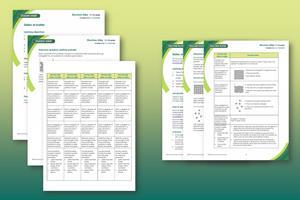
Download this
Use structure strips, printed five to a page, to promote independent writing on this topic.
Downloads include the student sheet and teacher notes with answers.
View and download more Structure strips
Learning objectives
- Name the three states of matter and the processes of changing states of matter.
- Describe, draw and recognise the particle arrangements of the three states of matter.
- Describe the difference in the forces between particles in solids, liquids and gases.
- Explain the properties of solids, liquids and gases using the particle model.
- Write independently about states of matter.
Introduction
Matter is all around us and is classified into three states: solid, liquid and gas. All matter is made of tiny particles. The arrangement of these particles in different states of matter explains the properties of solids, liquids and gases.
How to use structure strips
Structure strips are a type of scaffolding that support learners to retrieve information independently. Use them to take an overview at the start of a topic, to activate prior knowledge, or to summarise learning at the end of a teaching topic. Read more ideas on how to use structure strips with your learners.
Structure strips have sections containing prompts, sized to suggest the amount that learners must write. Ask learners to glue the strips into the margin of an exercise book and write their answers next to the sections, in full sentences or in bullet points. When learners have finished using the structure strip, they will have an A4 page set of notes and examples.
Scaffolding
- Encourage learners to use the suggested key words in their answers
- To further support learners, include additional prompts in the structure strip. If learners are struggling to engage with the task, supply them with sentence starters created from the model answers.
- As learners grow in confidence, ask them to attempt the extension question first and then use the structure strip to improve or self-assess their answer.
Metacognition
This resource supports learners to develop their metacognitive skills in three key areas.
- Planning: the strips provide scaffolding to plan the written response. Learners will decide where to gather information from (textbooks, own notes, revision websites). Ask learners: is the source of information you are using reliable?
- Monitoring: learners are prompted by the questions in the structure strip and can check their own answer against the prompts. Ask learners: have you covered all of the prompts in the space provided? Do you need to change anything to complete the task?
- Evaluation: learners can self-assess or ask a peer to check their work against the answers. Ask learners: did you achieve what you meant to achieve? What might you do differently another time?
More resources
- Follow up with our Structure strip on Changes of state to explore this topic further.
- Help learners understand properties of states of matter with this simple Balloon in a bottle demonstration.
- Recap learning on the particle model with questions from these Review my learning worksheets.
- Highlight diverse careers with our Chemistry: making the difference videos and let your learners be inspired. For example, Maria develops new and innovative coatings for wind turbine blades.
Key words
Solid, liquid, gas.
Extension question
Draw a portrait of the particles in a gas or a solid and write a pen portrait to go alongside this. An example for a liquid is given below:
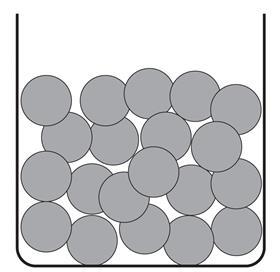
I am a liquid particle. I am attracted to the other liquid particles and can roll over them. I am in contact with the other particles, I can’t break free. Because we can move, me and my fellow liquid particles can fit to the shape of any container we are placed in.
Answers
Find suggested answers for the structure strip in the teacher notes. Look for a logical progression of ideas and coverage of both the arrangement of particles and the movement of particles.
Example answer to extension question
Solid particle portrait
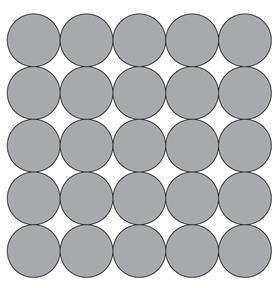
I am a solid particle. I am attracted to the other solid particles and we hang out in rigid ordered arrangements where we all touch. I can’t break free, I just vibrate a little from side to side. Everything is so ordered that we rigidly keep our shape.
Gas particle portrait
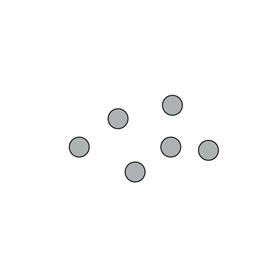
I am a gas particle and I am free! I am only very weakly attracted to other gas particles and I move around really fast in a random motion. Sometimes I bump into other particles or into the sides of the container and us gas particles fill any container we are placed in. Us gas particles have a large distance between each other.
Downloads
States of matter structure strips student sheet
Handout | PDF, Size 0.19 mbStates of matter structure strips teacher notes
Handout | PDF, Size 0.22 mbStates of matter structure strips student sheet
Editable handout | Word, Size 0.5 mbStates of matter structure strips teacher notes
Editable handout | Word, Size 0.49 mb





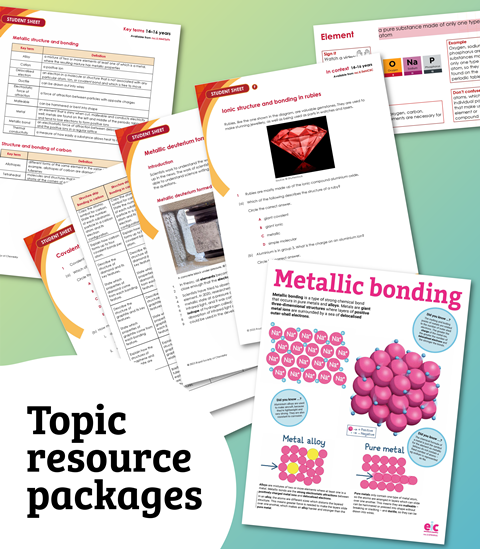
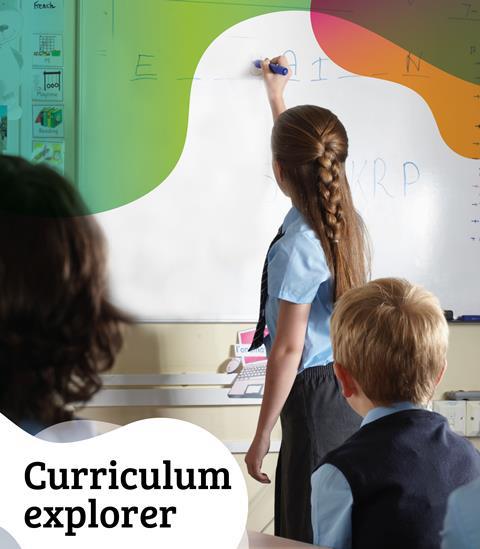

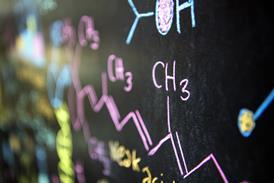
























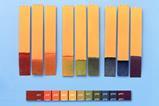
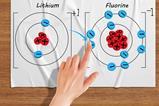


No comments yet